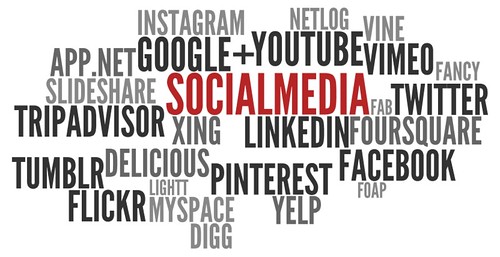Digital communication is essential to branding in today’s internet. Before the digital age, communications professionals had to move to print media, TV, radio, and billboard advertising. While those channels are still important, current professionals should be well versed in digital forums, such as social media, email, messaging apps, and blogs. As per UNESCO Broadband Commission for Sustainable Development, the majority of the world’s population now has access to the Internet, and that percentage continues to grow. By 2019, 54.8% of all households worldwide had access to the internet, and brands doubled down with communication strategies for those users. Harvard Business Review found that 73% of consumers use more than one channel when researching potential purchases. And Seagate reported that two-thirds of CEOs will use digital strategies to improve customer experience this year.
As author David Meerman Scott writes in New Rules of Marketing and PR, “Instead of being a one-way street, web marketing is about delivering useful content at the right time when a consumer needs it.”
To be successful in digital communication, advertisers, public relations representatives, and community managers need tools and strategies to communicate with consumers across all contact sites. With the right resources, communication professionals can create strategic campaigns that reach a target audience and bring personal experience.
Here are some important digital communication platforms and strategies for developing organizational and personal forms.




